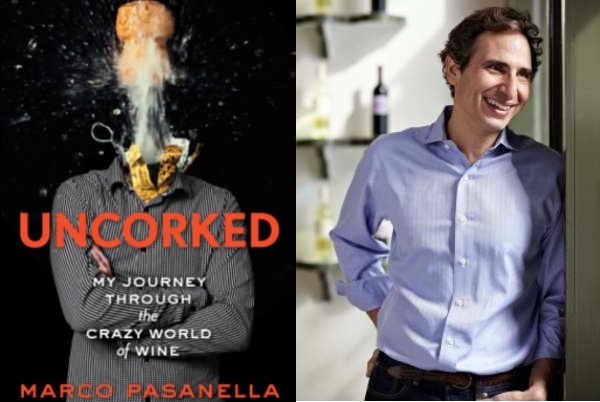“The perfect solution would seem to be to buy local. If only New York wines were worth it.”
That is the opening salvo from wine shop owner Marco Pasanella, who has written a popular new book called Uncorked: My Journey Through the Crazy World of Wine. Pasanella tells the story of how he built a successful wine shop from scratch in Manhattan. He writes about which wines sell, which don’t, and how he waded through bureacracy to finally build a thriving retail store.
It’s an interesting read, if flawed, and my full review of the book will be up on Palate Press. In this space, I want to address what Pasanella writes about his decision not to carry New York wines.
Now, I’m a bit unfair to Pasanella by leaving the earlier quote hanging. He follows that comment with this:
Before you start screaming at the page, let me explain. Despite its fundamentally unfriendly wine-growing environment (too damn cold), New York makes some decent wines. They just tend to cost too much. At $20 per bottle, the shopper has a lot of choices that deliver more bangs for the buck. For example, a Loire Valley Cabernet Franc, made where this varietal has been grown for hundreds of years, generally knocks the socks off a similarly priced Long Island Cabernet Franc. New York Rieslings, vinified from a grape that seems to fare better than most varietals in cold climes, are likewise disadvantaged. From Germany, I can source whites of similar quality for 40 percent less than the Long Island versions.
First of all, one wonders if Pasanella simply made a typo when he seemed to say that the best New York riesling comes from Long Island; I’m wondering why he didn’t discuss the viability of Finger Lakes riesling compared to German counterparts. And a typo seems likely; the book suffers from a handful of glaring factual errors and the near-constant misuse of the word “varietal.”
Regarding Long Island, I’m curious to know what customers and wine industry professionals say about this. It’s kind of an old argument, and yet it comes back anew in these pages. This book is selling very well; a lot of people will be reading this.
Pasanella concludes his section on New York wines with the following:
Of course, there are many who would disagree with me. New York growers often complain that the large distributors, who make no money on wine that can be sold directly from local producers, freeze them out of the market. According to the New York Wine and Grape Foundation, we do not see more New York wines on the shelves of New York wines on the shelves of New York stores because Southern and their ilk use their muscle to keep them out.
These allegations about hardball marketing may be true, although no distributor who saw New York wines on our shelves has ever threatened me. The most intimidating thing about New York wines remains that they are too expensive, espeically for products that have eliminated the importer and distributor middlemen.
These passages read like a wine shop owner who has simply never invested much time in New York wine. I open the floor for comments.

